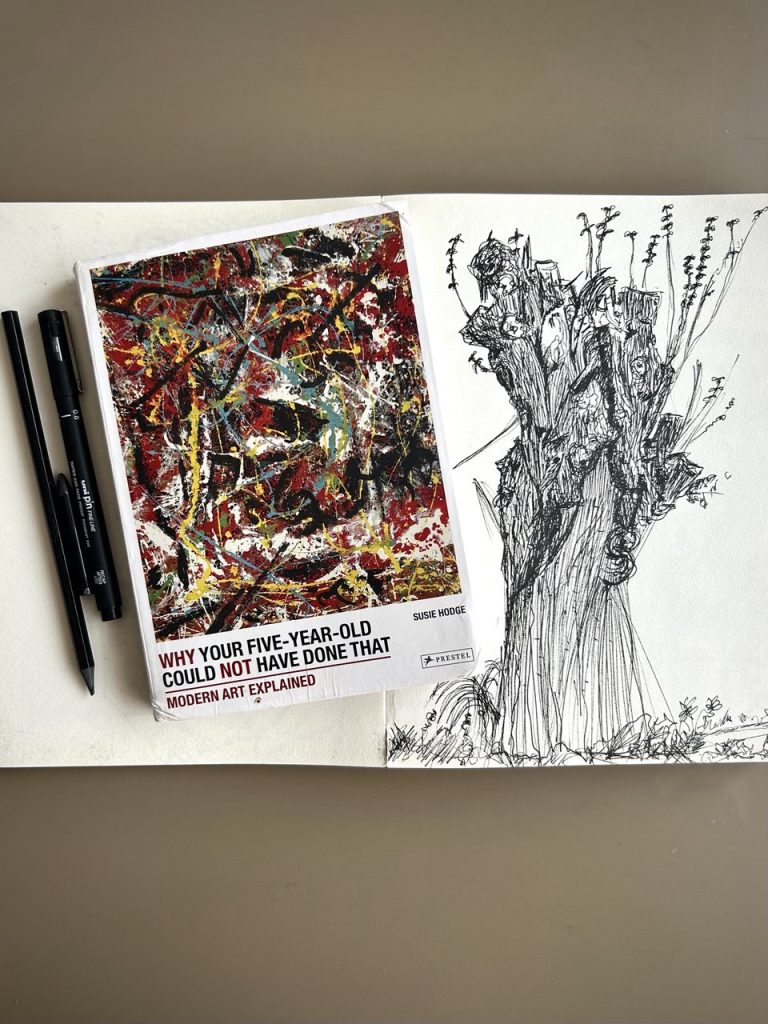
“Why your 5-year-old couldn’t have done it?” or, as we say in Armenia, “My grandma could have done this.” 🙃
I got this book with this fun title during my last trip to New York. It’s not just a book on modern art. It’s a reminder that the mindset behind modern and conceptual art, which focuses on provoking questions rather than polishing answers, is a powerful tool we can use in life.
Thinking like a conceptual artist trains you to ask bold questions, connect unrelated things, and see opportunities everywhere: skills that make decision-making, problem-solving, and innovation more effective.
Here are a few ways to train that mindset.
Ask “Why?”
At least three times, not to find a single “truth,” but simply to stretch your reasoning. Each “why” is going to peel back an assumption, uncover new connections, and train you to think, seeing opportunities and creative solutions where many people see only answers.
Compare the incomparable.
Deliberately pair things that seem completely unrelated, like taxes & poetry, oceans & cats. What do they have in common?
At first, these comparisons will feel absurd and that’s the whole point. Over time, these odd combinations will challenge your brain, create new neural pathways, and spark metaphoric thinking that will lead to unconventional ideas and solutions in life and in business.
Practice purposeless questions.
Every now and then, come up with an odd, open-ended question, something that doesn’t necessarily have a right or wrong answer.
For example: “What if I woke up in a country where I was the only person?” or “What if time moved backward for a day?”.
Sit with it. Let your mind wander or better yet, handwrite your response, maybe in a little essay form. The physical act of writing slows your thinking and creates small constraints that shift how you connect ideas.
Over time, these kind of simple exercises will train your brain to explore possibilities freely.
True thinking is not always about rushing to answers, it’s about discovering new questions.